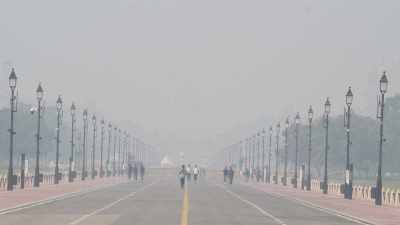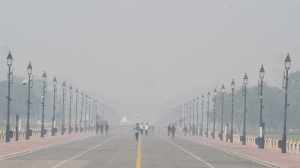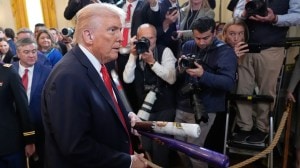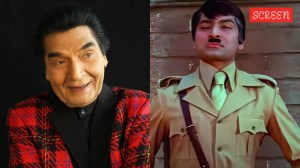Read the riot act
Three years after the pogrom, justice is on the run. This is not a new game in town, of course, it wasn’t invented by Narendra Modi...

Three years after the pogrom, justice is on the run. This is not a new game in town, of course, it wasn’t invented by Narendra Modi’s deeply compromised administration in Gujarat. Riot cases in this country are traditionally guided by implicated administrations into dead ends when they are not simply left to languish until it is too late, as has happened to the cases from Delhi 1984. Certainly, something needs to be done to break this unending and awful cycle. We need to ensure that justice is not a lonely fight conducted with diminishing intensity by lonely individuals and fringe groups gifted with exceptional determination and fortitude. Justice, especially for the crime of communal violence, needs to be secured at the centre of the system. Is the draft Communal Violence (Suppression) Bill 2005 — some of its provisions were excerpted in this paper on Saturday — the way to do this? That question immediately demands wide and informed debate.
Any discussion must begin at the beginning: do we need a special law to break the cycle of injustice? After all, there are enough laws on paper to deal with riot situations — at last count, 15 different laws made the grade. Would yet another law on paper have prevented Gujarat 2002? The problem, as has been pointed out so many times, is not the law, but the lack of political will. The proposed legislation deals with this problem by leapfrogging over it — it hands overweening powers to the Centre to deal with such situations in the states. But a question still remains. What if the situation we are talking about is not Gujarat 2002 but Delhi 1984, in which it was the government at the Centre that was seen as being complicit in the unchecked violence against the capital’s minority Sikh community? In this context, it is still worth debating whether the UPA needs to go back to the idea of having the Centre draft a model law, which is then used as the starting point by different states to frame their own laws with their own checks and balances, instead of the Centre framing a uniform federal law applicable to all states.
A special law, framed by the Centre or the state, is fraught with other substantive questions. Like, the definition of ‘‘communal violence’’. We need more thought, more precision here. We need to rigorously identify the thresholds of intervention to minimise the possibility of a cynical executive running amok in a country of so many active faultlines. Most of all, we need to ask whether the provisions — which, as this paper’s report has pointed out, read like they belong to the fiercely resisted Armed Forces Special Powers Act — aren’t too draconian, too illiberal. We need to assure ourselves that the proposed solution doesn’t end up becoming part of the problem. There are no short cuts. Let’s talk this through.





- 01
- 02
- 03
- 04
- 05


























